Fused magnesia has the characteristics of high purity, large crystal grains, dense structure, strong slag resistance, and good thermal shock stability. It is an excellent high-temperature electrical insulation material and is also used for making high-grade magnesia bricks, cărămizi de magnezie carbon, and unshaped An important raw material for refractory materials. Fused magnesite is widely used in metallurgy, industria chimica, national defense, scientific research, aerospațială, household appliance components, etc.
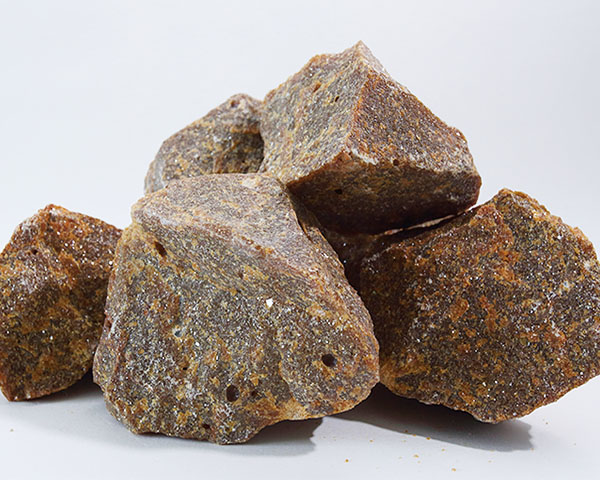
Fused magnesia physical and chemical properties
The physical and chemical properties of Large Crystal Fused Magnesia (LFM)
| Product Code | Compoziție chimică (Mass Fraction),% | Particle Bulk Density g/cm’ | |||||
| MgO≥ | SiO2≤ | CaO≤ | Fe2O3≤ | Al2O3≤ | Burn Loss | ||
| LFM 99 | 99.00 | 0.30 | 0.60 | 0.35 | 0.10 | 0.08 | ≥3.51 |
| LFM 98.5 | 98.30 | 0.40 | 0.80 | 0.45 | 0.12 | 0.08 | ≥3.50 |
| LFM 98A | 97.70 | 0.55 | 1.10 | 0.60 | 0.12 | 0.10 | ≥3.50 |
| LFM 98B | 97.50 | 0.60 | 1.20 | 0.65 | 0.15 | 0.12 | ≥3.49 |
| LFM 97A | 96.80 | 1.00 | 2.00 | 0.70 | 0.15 | 0.15 | ≥3.45 |
| LFM 97B | 96.50 | 1.15 | 2.30 | 0.75 | 0.18 | 0.20 | ≥3.42 |
The physical and chemical properties of High-Calcium Electrically Fused Magnesia (HFM (C/S≥2))
| Product Code | Compoziție chimică (Mass Fraction),% | Particle Bulk Density g/cm’ | |||||
| MgO≥ | SiOz≤ | CaO≤ | Fe2O3≤ | Al2O3≤ | Burn Loss | ||
| HFM 98 | 97.70 | 0.60 | 1.20 | 0.65 | 0.12 | 0.10 | 3.50 |
| HFM 97 | 96.80 | 0.85 | 1.70 | 0.75 | 0.15 | 0.15 | 3.48 |
| HFM 96 | 96.00 | 1.20 | 2.40 | 0.85 | 0.18 | 0.18 | 3.45 |
The physical and chemical properties of Ordinary Fused Magnesia (FM)
| Product Code | Compoziție chimică (Mass Fraction),% | Particle Bulk Density g/cm’ | |||||
| MgO≥ | SiOz≤ | CaO≤ | Fe2O3≤ | Al2O3≤ | Burn Loss | ||
| FM 98 | 97.50 | 1.00 | 1.50 | 0.65 | 0.10 | 0.10 | ≥3.50 |
| FM 97 | 96.50 | 1.30 | 2.00 | 0.70 | 0.15 | 0.15 | ≥3.48 |
| FM 96 | 95.50 | 2.50 | 2.30 | 0.80 | 0.18 | 0.18 | ≥3.45 |
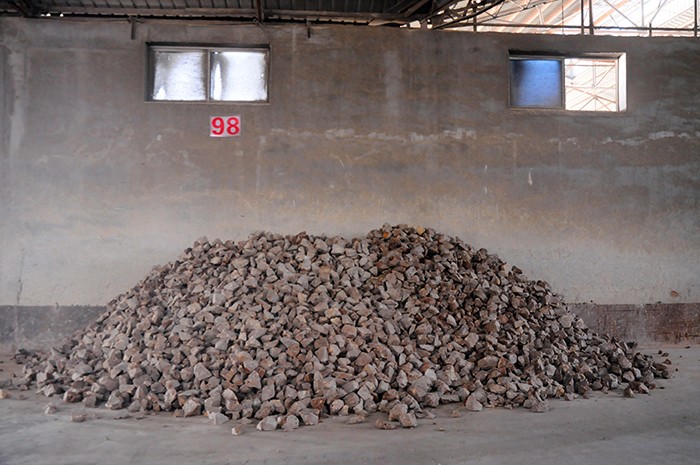
The specific production process of fused magnesite
In specific industrial production, the raw materials of fused magnesia of different specifications are also different. Ordinary fused magnesia usually uses magnesite directly as raw material, while large crystalline fused magnesia uses light-burnt magnesium as raw material. The equipment adopts Submerged arc furnaces mostly using three regenerated or non-regenerated graphite. The specific process is: feeding → ignition and lifting of electrode → gradual feeding → smelting (magnesite is sintered and melted by the heat generated by high current) → natural cooling → crushing, classification, and sorting → warehousing.
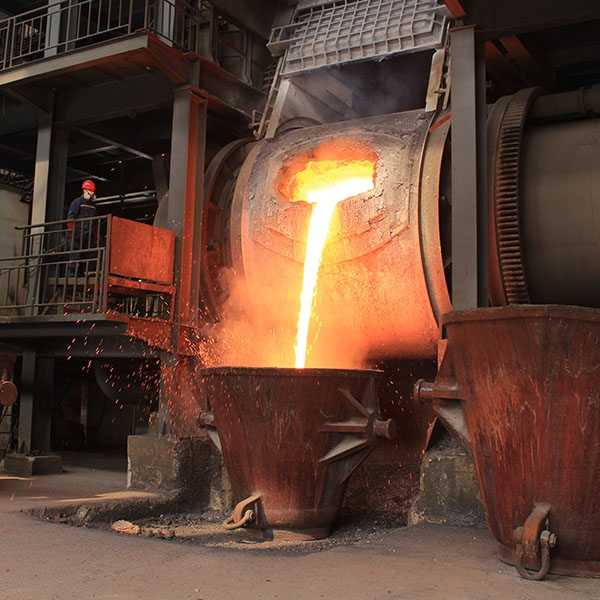
Advantages of fused magnesia
It has a complete structure, dense structure, high melting point (up to 2800°C), stable chemical properties, rezistență ridicată la compresiune, strong insulation properties, erosion resistance, and corrosion resistance. It is an important raw material for metallurgy, materiale de construcții, light industry, furnace lining, and bulk materials. It is also an indispensable and important refractory material in steel, ciment, sticlă, topirea metalelor neferoase, și alte industrii.
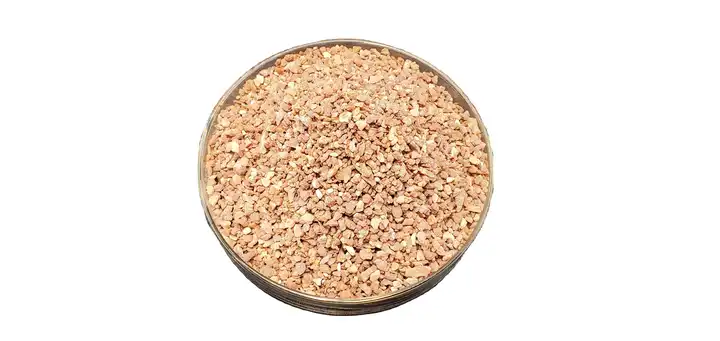
Main applications of fused magnesite
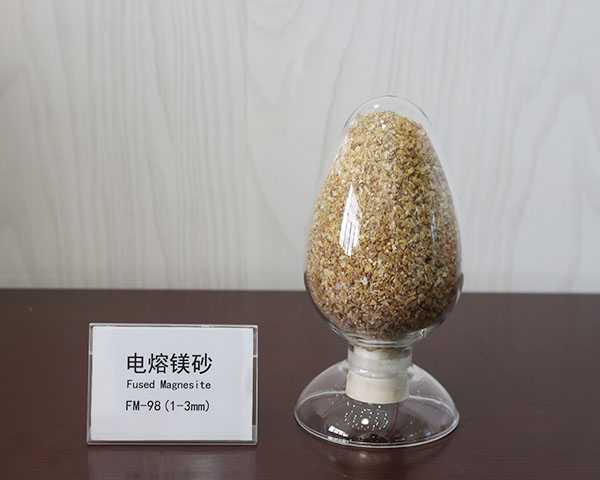
In the metallurgical refractory industry, it is used to produce auxiliary refractory materials such as high-purity fused magnesia, gunning materials, and ramming materials, as well as special refractory bricks such as flowing steel bricks, cărămizi de magnezie, și cărămizi de crom magnezie. It can also be used in vacuum and non-vacuum induction It is used as refractory lining on furnaces and electric arc furnaces. It is an ideal raw material for making magnesium oxide crucibles, furnace bladders, and various high-temperature casings.
 Fabrica de refractare Rongsheng
Fabrica de refractare Rongsheng
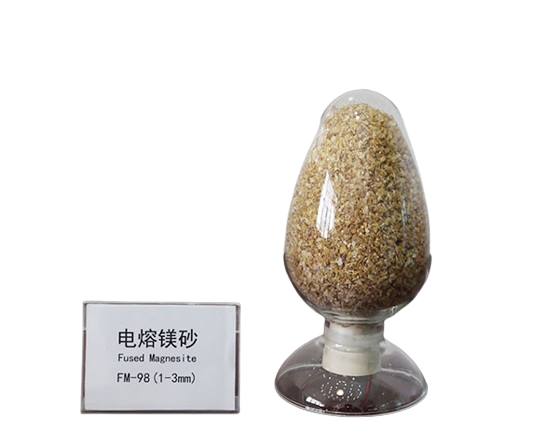
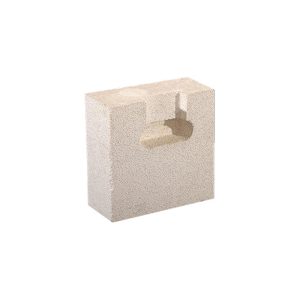
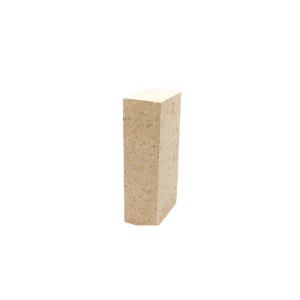
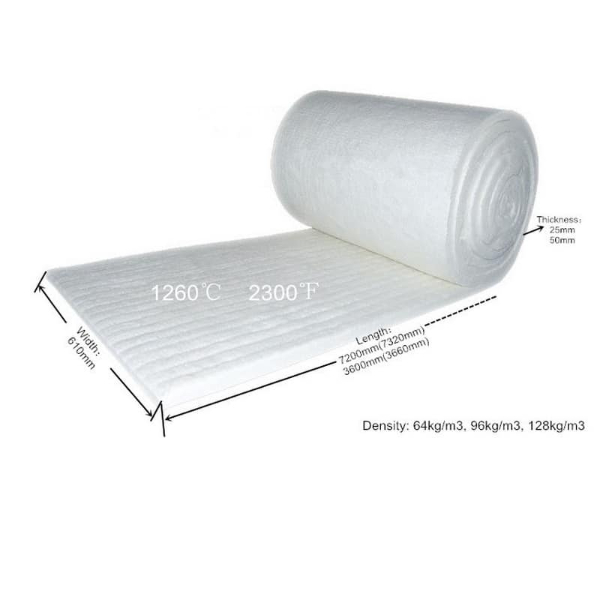
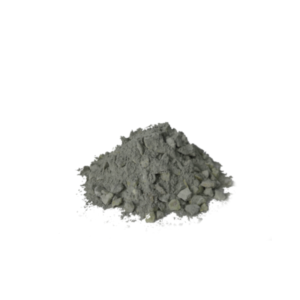
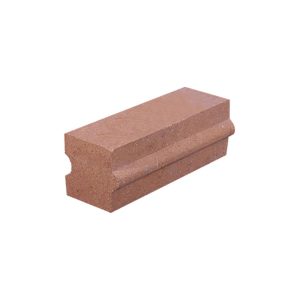
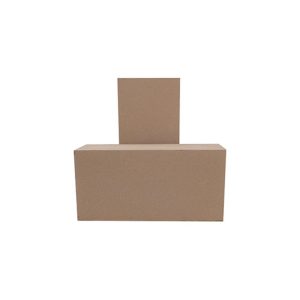
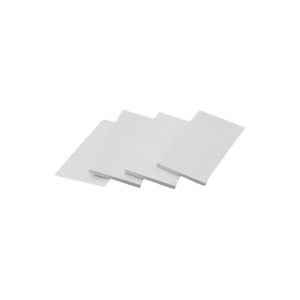
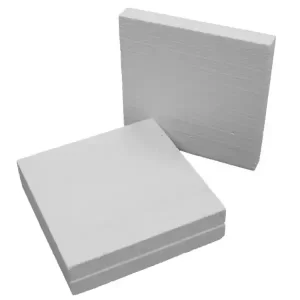
WeChat
Scanați codul QR cu wechat